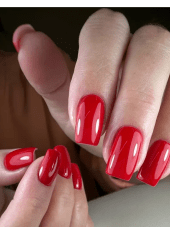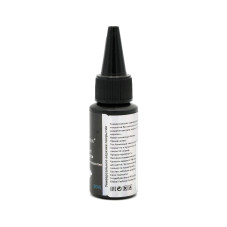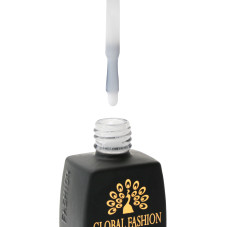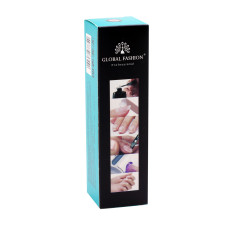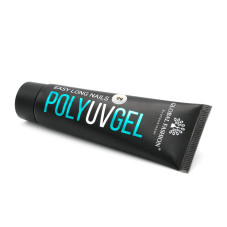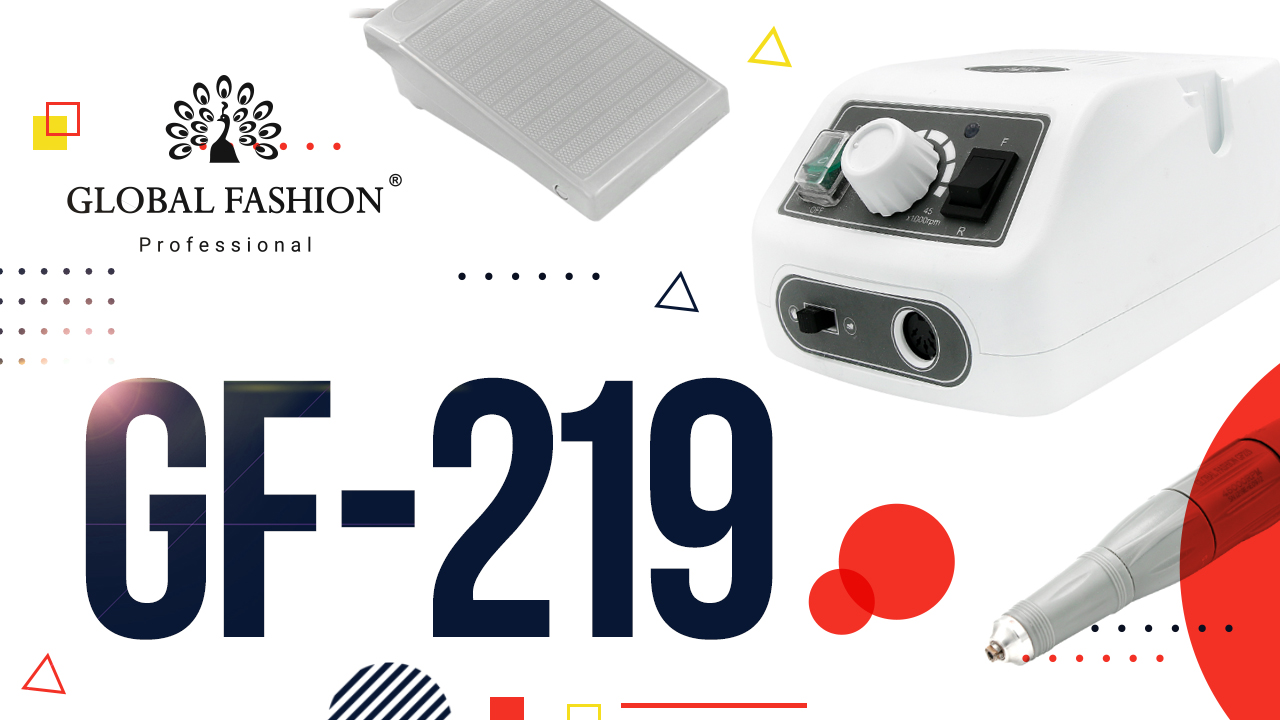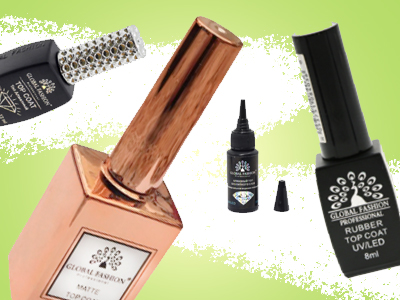How You Can (and Can't) Remove Acrylic Nails at Home
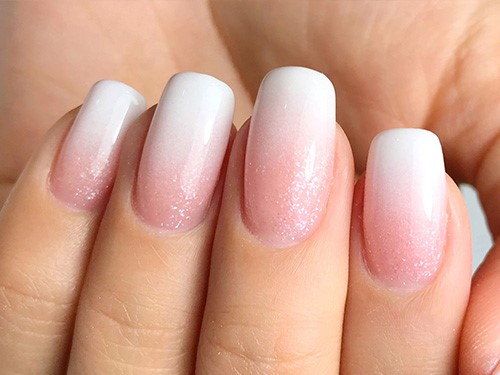
Nail lengthening manicures have the reputation of being damaging. Take acrylics, for example. Although they create a harder, more durable nail surface and offer more space for trendy nail art designs, many people avoid them due to the idea that they cause more harm than good. But, newsflash: «It is not the product that causes damage», says celebrity manicurist and founder of Julie K Nail Artelier, Julie Kandalec. «It is the improper application—curing too long and using the wrong base coat and lamp wattage—and removal».
With that in mind, ahead you’ll learn how you should (and shouldn’t) remove acrylic nails at home. By mastering (and avoiding) these techniques, you’ll be able to enjoy the benefits of acrylics without any of the supposed damage.
MEET THE EXPERT
- Alicia Zalka, MD, is a board-certified dermatologist and the founder of Surface Deep.
- Julie Kandalec is a celebrity manicurist and founder of Julie K Nail Artelier.
- Emma Eskander is the salon director of popular NYC-based nail studio, Gilded Ritual.
1. DO: SOAK YOUR ACRLYLIC NAILS
When it comes to removing acrylic nails, «soaking the artificial nails in 100% acetone with patience works best,» says board-certified dermatologist Dr. Alicia Zalka, who is the founder of Surface Deep. She says the process can take about 20 minutes.
The only downside of this method is that it’s often partnered with layering each fingertip with an acetone-soaked cotton ball, which is then held in place with a tightly wrapped square of aluminum foil. It’s not the most environmentally friendly method. That said, to make this beauty habit a bit more sustainable, consider opting for a longer soak sans cotton balls or acetone. It will take longer, but it’s kinder to the planet.
2. DON’T: USE RUBBING ALCOHOL
Acetone and rubbing alcohol are not the same. According to Kandalec—the woman behind the nails on the Sex and the City reboot, And Just Like That—rubbing alcohol won’t do anything to soften an acrylic nail enhancement. She says that it’s best avoided.
3. DO: PERFOM A ROLLING TECHNIQUE
While most acrylic nail removal videos show people using nail tools to pluck and scrape acrylics off their nails after they’ve been softened, Kandalec says that a rolling technique—what she refers to as «the soak and roll»—works best.
To perform a soak and roll, she says that you’ll need the following:
- 100 percent pure acetone
- Two to three coarse nail files (100/180 grit)
- A padded buffer
- One to two orange wood sticks
- A medium-grit nail file (220/320 grit)
- A fine-grit nail file (400/600 grit)
- A towel
- Cuticle oil
- A glass or ceramic (never plastic) bowl.
- 100 percent pure acetone
- Two to three coarse nail files (100/180 grit)
- A padded buffer
- One to two orange wood sticks
- A medium-grit nail file (220/320 grit)
- A fine-grit nail file (400/600 grit)
- A towel
- Cuticle oil
- A glass or ceramic (never plastic) bowl.
Once you have all your supplies, Kandalec says to begin by softening the edge of your coarse files by rubbing them on the side of another coarse nail file so that you don’t cut your cuticles. «Using the coarse, 100 or 180 grit file, file as much of the product off as you can,» she instructs. «This is important because it cuts down soaking time significantly.»
If you’re worried about how this will affect your nail health, Kandalec assures us that creating a rough surface is actually better for removal. «Leaving the surface extra rough will allow the acetone to penetrate easier,» she explains.
Next, Kandalec says to pour about three inches of acetone into your bowl and place your hand in it. Rather than doing both hands at once, she recommends soaking one at a time so that you can text or snack if you wish. While soaking, she says to cover your hand with a towel to prevent any evaporation. «It will allow the acetone to work faster,» she explains.
After about 10 to 15 minutes of soaking, Kandalec says that your acrylics should be notably softened. «Gently nudge the acrylic towards the tip of the nail using an orangewood stick (not metal),» she says. «Never push towards the cuticle (or against the grain) just after they’ve been soaking in acetone.» Doing so can lead to slips, which could potentially cut and jab your cuticles.
If you find that your acrylic is notably softened and able to nudge, Kandalec says to use your medium grit nail file to roll the softened acrylic off each nail until it doesn’t roll anymore. If acrylic remains, she says to repeat the soaking process until all the acrylic can roll off each nail. «Finish by lightly smoothing nails with your fine grit file and apply cuticle oil to rehydrate your nails and skin,» she says.
4. DON’T: CLIP YOUR ACRYLIC NAILS
If you have long acrylic nails, you may feel inclined to clip them down to make the removal process easier. However, Kandalec says not to. Since they’re so securely bonded to each nail, she says that clipping can potentially crack the nail underneath, which can lead to long-term damage. Yikes!
5. DON’T: USE DENTAL FLOSS
TikTok might be known for sharing beauty hacks but that doesn’t mean that every hack is legit. Case in point: Dental floss acrylic nail removal. «Professionally, I do not recommend using dental floss to remove acrylic nails,» says Kandalec, who recently released the second edition of her popular Nail Art Book. «Floss lifts the enhancement up off the nail improperly and can cause long-lasting damage to the nail plate, which you never want.»
6. DON’T: USE AN E-FILE
While e-files are often used in salon settings, Zalka doesn’t recommend them for at-home use. «Using a nail drilling tool at home can easily go wrong, especially if you hold the tool in your non-dominant hand and have questionable dexterity,» she warns. «I leave this for a professional to use.»
4. DON’T: CLIP YOUR ACRYLIC NAILS
If you have long acrylic nails, you may feel inclined to clip them down to make the removal process easier. However, Kandalec says not to. Since they’re so securely bonded to each nail, she says that clipping can potentially crack the nail underneath, which can lead to long-term damage. Yikes!
5. DON’T: USE DENTAL FLOSS
TikTok might be known for sharing beauty hacks but that doesn’t mean that every hack is legit. Case in point: Dental floss acrylic nail removal. «Professionally, I do not recommend using dental floss to remove acrylic nails,» says Kandalec, who recently released the second edition of her popular Nail Art Book. «Floss lifts the enhancement up off the nail improperly and can cause long-lasting damage to the nail plate, which you never want.»
6. DON’T: USE AN E-FILE
While e-files are often used in salon settings, Zalka doesn’t recommend them for at-home use. «Using a nail drilling tool at home can easily go wrong, especially if you hold the tool in your non-dominant hand and have questionable dexterity,» she warns. «I leave this for a professional to use.»
Kandalec tacks onto this, noting that e-files (short for electric file) are safe in the hands of someone who is properly trained. «Using e-files requires specialty training and without knowing the proper bits to use, the direction it should rotate, the correct angle and pressure, or the RPMs, you can cause serious damage to your nail plate,» she explains.
7. DO: ENLIST A PRO
Although there are a couple of ways to safely remove acrylic nails at home, it can quickly go wrong without ample patience or the right tools. It’s because of this that acrylics are so misunderstood. «If you do not remove acrylic nails properly, you will damage the nail bed and your nails will become very fragile,» says Emma Eskander, the salon director of popular NYC-based nail studio, Gilded Ritual. To upkeep the strength and wellbeing of your nails, it is recommended to go to a professional nail salon for any removal services. There is a cost to the service, but there is long-term value for the well-being of your nails.
THE FINAL TAKEAWAY
There are plenty of perks for acrylic nails—namely the real estate they provide for nail art and the season’s top nail polish colors. However, if you don’t have the time to remove them yourself properly or the money to enlist the help of a pro, Zalka recommends skipping them altogether.
7. DO: ENLIST A PRO
Although there are a couple of ways to safely remove acrylic nails at home, it can quickly go wrong without ample patience or the right tools. It’s because of this that acrylics are so misunderstood. «If you do not remove acrylic nails properly, you will damage the nail bed and your nails will become very fragile,» says Emma Eskander, the salon director of popular NYC-based nail studio, Gilded Ritual. To upkeep the strength and wellbeing of your nails, it is recommended to go to a professional nail salon for any removal services. There is a cost to the service, but there is long-term value for the well-being of your nails.
THE FINAL TAKEAWAY
There are plenty of perks for acrylic nails—namely the real estate they provide for nail art and the season’s top nail polish colors. However, if you don’t have the time to remove them yourself properly or the money to enlist the help of a pro, Zalka recommends skipping them altogether.
Source : www.byrdie.com
Author: Rebecca Norris
Global Fashion Shop provides you with professional nail care and modeling products.
Published: 04.08.2022 09:47
Times Read: 2222
6623 bought
ID: 3678
280 ₽
3318 bought
ID: 3688
500 ₽
2025 bought
ID: 12595
143 ₽
-5%
2293 bought
ID: 1863
333 ₽
-5%
1473 bought
ID: 11773
190 ₽
-5%
71 bought
ID: 13093
51 ₽
-15%



